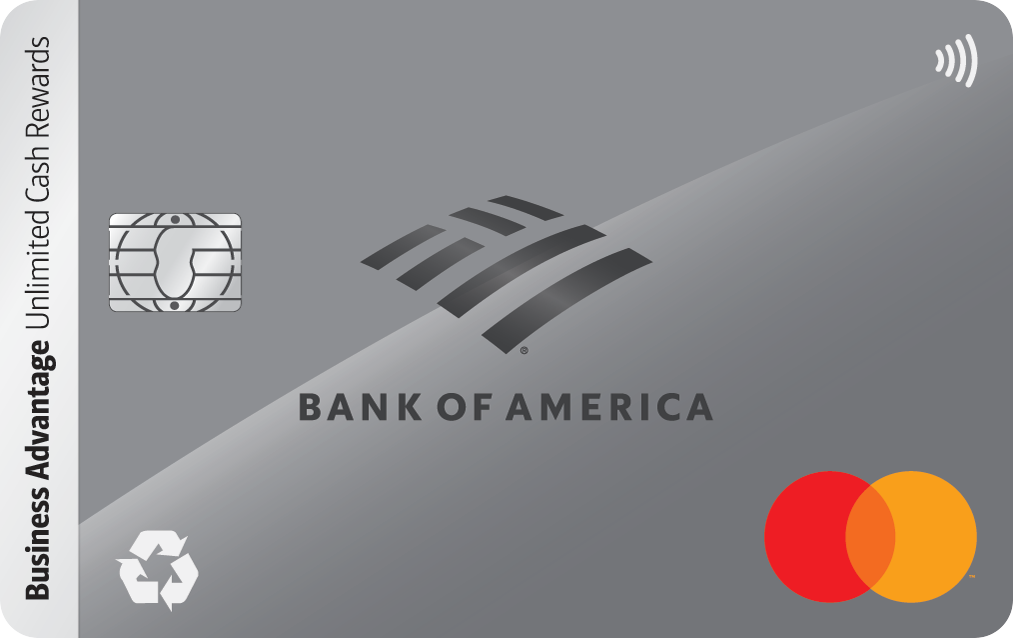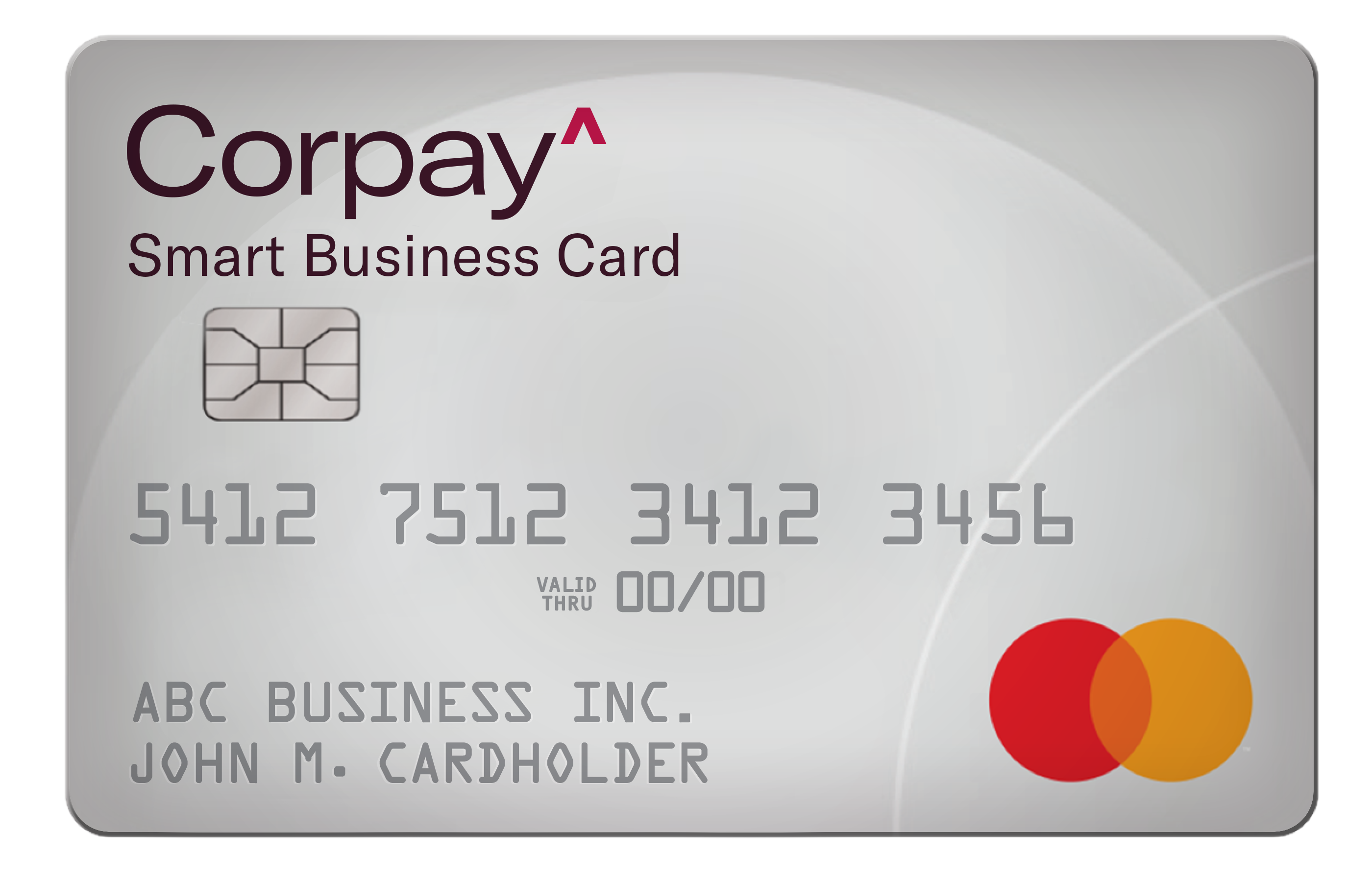What does expense management mean?
Expense management is how your business processes, reimburses, and tracks your employees’ business-related expenses. The system you use will depend on the number of employees you have and how often they incur an employee expense.
Some common expenses include:
- Business travel, including airfare and vehicle mileage
- Lodging, including hotels or Airbnbs for business travel or conferences
- Food and dining, including entertainment for clients
- Equipment such as computers, phones, or offices
- Bills for cell phones or other equipment
- Business subscriptions, such as software or trade publications
The types and limits of employee expenses your business covers should be clearly laid out in your expense policy. For instance, if your company will only cover food but not alcohol for client entertainment, or if there’s a limit on how much an employee can spend on a hotel room for travel, those should be clearly outlined.
Expense management can be annoying and boring for employees, especially if it’s a manual system. But for finance teams, it’s an important way to get accurate records and be able to plan your company’s finances. For company owners, it’s also a way to manage risk, save on costs, and help keep your employees satisfied. Keeping track of employee expenses is very important when tax time rolls around, too.
Compare your financing options with confidence
Know what business financing you can qualify for before you apply — instantly compare your best financial options based on your unique business data.
Typical methods of expense management
There are many methods of expense management that businesses use. The expense management solution you choose will depend on your business size, how many employees you have, and how often they need to pay for business expenses.
Manual method for expense management
A common expense management tool is the manual method. In this system, employees use their own money or personal credit cards to pay for business expenses, then fill out expense reports and submit them for reimbursement. These expense reports are often printed up with receipts attached, or they can be digital PDFs with digital receipts attached, sometimes sent as an email. Then these expense reports must be input into accounting software like Quickbooks. From there, a check can be generated or, in some cases, the employee can be reimbursed directly to their bank account through direct deposit.
Mobile apps and software for expense management
Some companies may use a mobile app that can automate the process, generating an expense report in real-time as employees input their expenses, then submit it to start the reconciliation process. Typically these automated processes are better for employees, who generally prefer not to spend a lot of time on their expense reports.
Business credit cards for expense management
An even simpler method of expense management is using a company credit card. In this instance, the cardholder can use the card for business expenses, and then submit receipts for card reconciliation. The finance team would look over credit card transactions and match them to receipts with credit card statements each month, skipping the reimbursement process altogether. This can save employees time, in that they don’t have to submit expense reports, and it keeps their personal accounts separate from their business accounts.
Using a business credit card, like a Visa or Mastercard, for expense management can help you with spend management, as you can put a limit on employee spending by setting spending limits, limiting the types of transactions the card covers, or limiting how much they can spend at a time. You can even pre-approve vendors or merchants and locations for better card management.
Using credit cards for business expenses also simplifies expense tracking, because all the expenses are on one credit card. Many credit card companies also issue virtual cards to make it easier for your employees to use the card without having to have it physically in their possession, which simplifies online transactions.
High annual fee, best for large purchases in consistent categories.
Pros
- This card has a great rewards program and offers flexibility compared to true charge cards.
Cons
- High annual fee
- Only 1x rewards outside of your top categories.
Intro APR
Purchase APR
Annual Fee
Welcome Offer
Intro APR
Purchase APR
Annual Fee
Welcome Offer
Updates to the small business credit market in 2025
Small business saw a pendulum swing from the looser fiscal policies set in place with an eye toward pandemic recovery in 2020 and 2021.
But now that interest rates are going up, inflation is rising, and the possibility of a recession looms on the horizon, markets are facing turbulence and uncertainty. Tech shares have plummeted lately, and valuations are starting to feel tenuous. Many venture capitalist firms are concerned that tech valuations will go down and venture capital companies may even withdraw funding from some investments. With the boom times appearing to slow down if not come to an end, marketplaces around the world are reacting, and small and medium businesses (SMBs) may start to feel some effects. Luckily, where there are new limits imposed, there are also new possibilities.
Brex decides to drop SMB from its marketplace
One big impact on small businesses in the credit marketplace this year has been Brex’s sudden announcement that they were withdrawing from the SMB marketplace. As a big provider of financial services to technology companies and later retailers and restaurants, many startups and entrepreneurs looked to Brex as a source for their business credit cards, bank accounts, and other financial solutions.
In summer 2022, Brex announced that smaller customers without institutional backing would have until August 15 to get their funds out of their online accounts and find a new provider. The company has opted to focus on requests for more financial services for their biggest customers, including midmarket companies with more financial history who are easier to find underwriting for. According to the two founders, traditional small businesses just have different needs from bigger tech companies, and they’ve decided to focus on helping the latter.
Nav adds Corpay to its options
Even though Brex isn’t an option for SMBs anymore, other solutions are popping up to focus on their financial needs. Nav recently added Corpay, an online financial solution built with small businesses in mind. Corpay is actually an expense management solution first, and allows you to streamline payments to your vendors and employee reimbursements, manage employee spend, and help you learn how to establish business credit with its business credit card.
Corpay offers a suite of financial solutions for small businesses, including:
- Automated invoice payments
- Smart ACH payments
- Automated expense workflows
- Integrations with other software in your accounting and CRM workflows, including Quickbooks, Xero, Zapier, and Slack
- Corpay Mastercard
Using Corpay for expense management
Corpay One provides small businesses with an online expense management solution and offers a corporate credit card to help manage employee expenses.
To use Corpay, your employees can download the Corpay One iOS or Android app, upload receipts in real-time, and send in reports immediately. The app scans receipts so employees don’t have to enter line items for each expense as they would with a traditional or manual expense report.
The expense management platform allows you to create workflows to work with your bookkeeping and accounting needs. You can set up automated approvals for expenses and even pay reimbursements back the same day. The app even allows you to follow up on expenses within a communication tool on the app.
You can also use the Corpay Mastercard to control credit spend by assigning cards to your team members. You can set limits on each card separately for different transactions. Plus, you can use the Corpay Mastercard to pay for business bills and earn a rebate.
Intro APR
Purchase APR
Annual Fee
Welcome Offer
How Nav can help
If you’re looking for the right business credit card or small business loans to help your business, Nav can give you customized options you’re most likely to qualify for. Sign up for a free account to start seeing your options.
Build your foundation with Nav Prime
Options for new businesses are often limited. The first years focus on building your profile and progressing.

Kat Cox
Kat Cox works to provide answers to the questions small business owners have about how to set up, run, or fund their businesses. When she’s not writing blogs, articles, short fiction, or (kind of bad) French poetry, Kat can be found lacing up her tennis shoes for a run or walk with her pup or scouting for the best karaoke spot in Austin, Texas.



